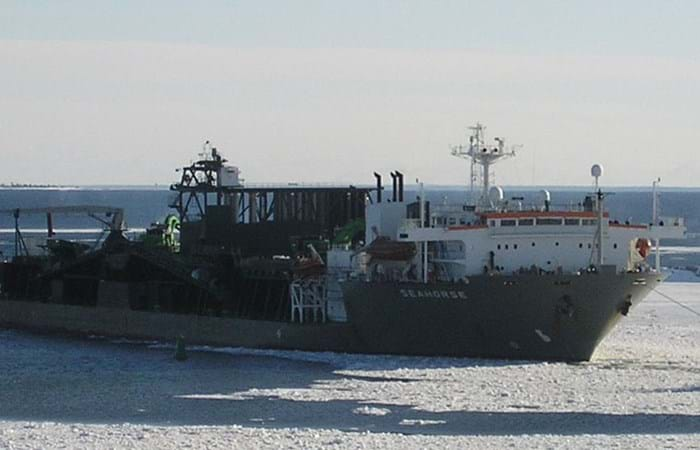The Nord Stream gas pipeline project is a joint project of four major companies: Gazprom, BASF/Wintershall, E.ON Ruhrgas and Gasunie. The project is more than just a pipeline. It is a new channel for Russian natural gas exports and a major infrastructure project which is expected to set a new benchmark in EU-Russia cooperation. In view of current developments the new pipeline will be an important factor of energy security in Europe.
Nord Stream consists out of two 1,220 kilometers sub-sea gas pipelines from Russia to Northern Germany through the Baltic Sea and will transport natural gas to supply both businesses and private households. The first pipeline is due for completion in 2011. The second line is due to be completed in 2012. Boskalis Offshore, partner within the Joint Venture Boskalis Offshore-Tideway, will prepare the seabed (by means of subsea rock installation) for the laying of the pipelines over the full distance of the Nord Stream pipeline route. Boskalis Offshore also executes the shore approach of the pipelines in Germany. The contract for the preparation of the seabed for the 1,220 kilometers pipelines requires the construction of rock beds and berms using rocks to level the seabed and to provide on-bottom stability for both pipelines. Subsea rock installation will be executed by the nominated Dynamically Positioned Fallpipe Vessels Seahorse, Sandpiper and Rollingstone. The project will be executed in a 50/50 partnership with Tideway. The contract for the shore approach for the pipelines in Germany requires dredging of a trench for the pipelines, pipe-pulls over a distance of approximately 1.4 kilometers and the backfilling of the dredged trench. A 700 meters cofferdam will be constructed at the landfall to facilitate the pipe-pulls. The shore approach will be executed in a 50/50 partnership with Rohde Nielsen A/S.


